They’re different versions of the same tool, all with the goal of early detection of breast cancer
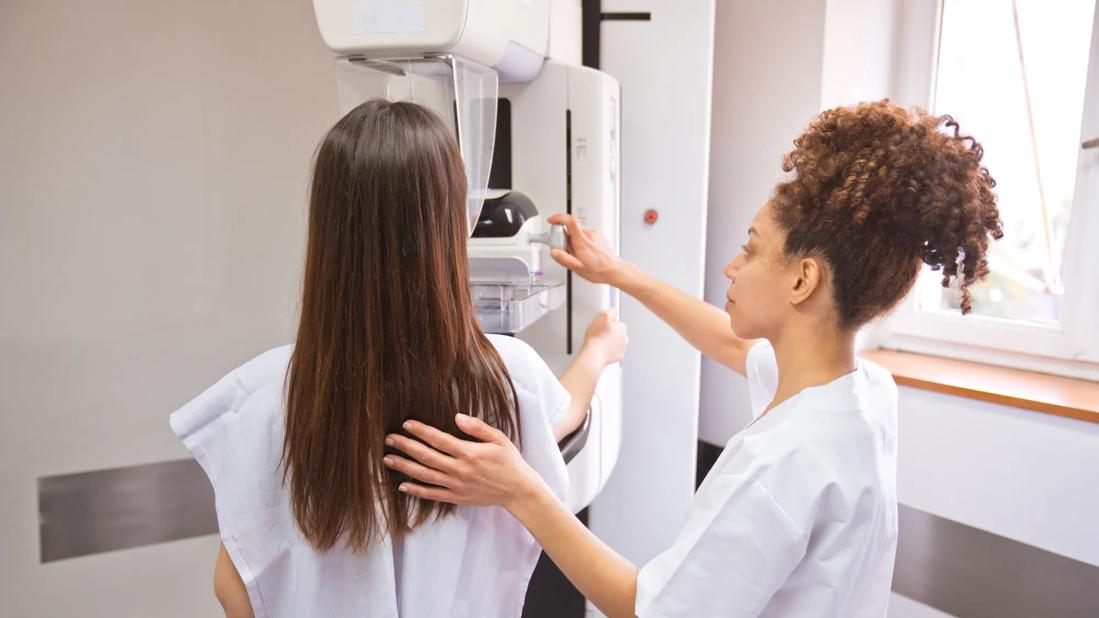
You’ve probably heard it before: Mammograms save lives. This important testing tool can help identify breast cancer early, when it’s most treatable.
Advertisement
Cleveland Clinic is a non-profit academic medical center. Advertising on our site helps support our mission. We do not endorse non-Cleveland Clinic products or services. Policy
“For decades, mammography has been the gold standard for screening for breast cancer,” says diagnostic radiologist Laura Dean, MD. “And that technology continues to evolve and improve.”
But there are two categories of mammograms — screening mammograms and diagnostic mammograms — and if you’re not yet familiar with them, it can be hard to figure out the differences between the two.
Dr. Dean explains both types of mammograms, including when they’re used and why you might need one.
You can think about screening mammograms sort of like you think about an annual physical: as preventive care. You have them done to look for the possibility of anything unusual or concerning — not because anything seems wrong but because you want to be sure nothing is.
“Mammography screening for breast cancer saves lives,” Dr. Dean states. “The science has shown us, over years and years, that the most lives are saved when screening mammography is performed regularly starting at age 40.”
A diagnostic mammogram, on the other hand, is done when you notice changes in your breasts, or if the results of your screening mammogram show anything concerning. This type of mammogram, which specifically focuses on any areas of concern, aims to find any abnormalities and figure out what’s causing your symptoms.
Advertisement
When you hear people talk about getting a mammogram once a year, they’re talking about screening mammograms — a preventive tool that looks for breast changes in people who aren’t showing any symptoms or signs of them. The goal is early detection of breast cancer.
“We’re looking for anything in your breast tissue that looks abnormal or different from your past mammograms, if you’ve had them before,” Dr. Dean explains.
You can think of diagnostic mammograms as a “level up” from screening mammograms. They take a closer look at your breasts to investigate and better understand any abnormalities.
There are two times when you may need a diagnostic mammogram:
“Diagnostic mammograms help us problem-solve and see whether there is a real finding in the breast tissue,” Dr. Dean further explains. They sometimes take slightly longer than your screening mammogram and may be accompanied by other imaging tests, like an ultrasound or breast MRI.
Depending on the results of your diagnostic mammogram, you may be referred to a breast specialist for further examination or risk assessment.
Neither type of mammogram is “better” than the other. You may need one of them or both of them.
Rather than thinking of screening and diagnostic mammograms as competing with one another, it’s more helpful to think of them as variations on the same thing: They’re similar tools that are used in different ways and at different times, all with the goal of early breast cancer detection.
So, which type do you need? That depends. When it comes to your annual mammogram, there are three options:
If you’ve never had a screening mammogram, ask your healthcare provider whether it’s time for one.
“We always encourage people, by age 30, to have a conversation with their provider about detailed risk assessment,” Dr. Dean recommends. “Ask them: Are you at risk of having any kind of genetic predisposition to breast cancer? Are you at high risk for other reasons? Should you start earlier or more intensive screening? These are all questions we encourage you to start discussing early with your provider.”
Advertisement
Advertisement
Learn more about our editorial process.
Advertisement

A second appointment is common, especially after your first mammogram and if you have dense breasts — but it doesn’t necessarily mean anything is wrong

One is the gold standard for breast screening, while the other is used as a complementary diagnostic tool
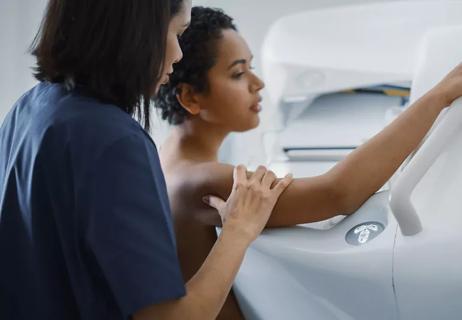
Annual screenings should start at 40 for most — but some should start younger

Severed milk ducts or lost glandular tissue may affect your milk production
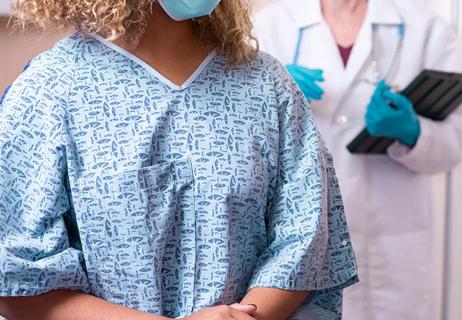
The short answer from a radiologist
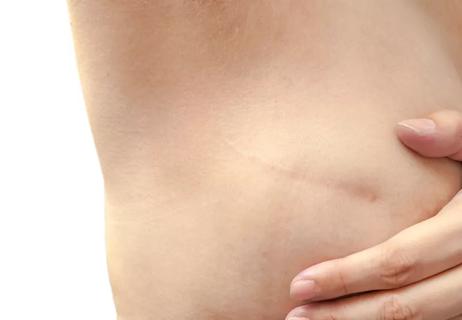
Work with your doctors to find the best approach for breast reconstruction
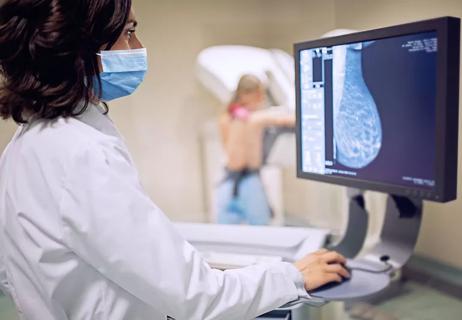
The short answer from a diagnostic radiologist

For large breasts, wearing a bra may provide support that helps alleviate back pain — but if you’re comfortable without one, go for it!

Start having sex about 72 hours before ovulation, then at least every other day during your fertile window

Attachment theory suggests that your earliest relationships shape connections throughout your life

It isn’t a recognized mental health disorder, but research shows that problematic social media use can negatively affect your mental health, self-esteem and sleep